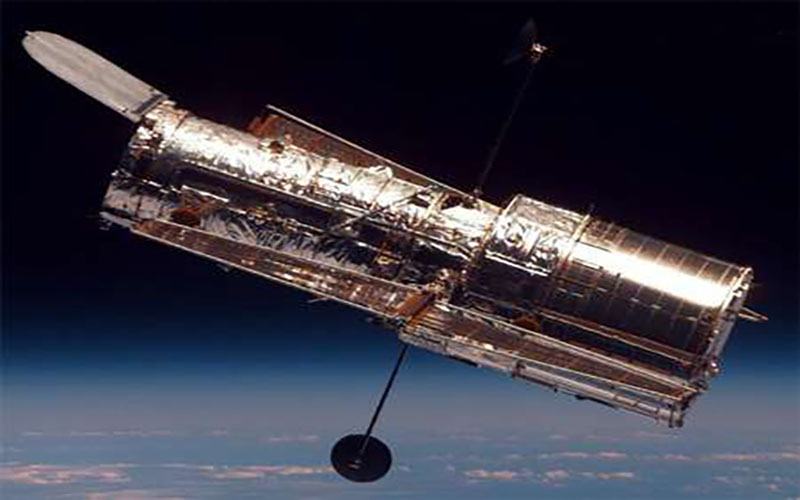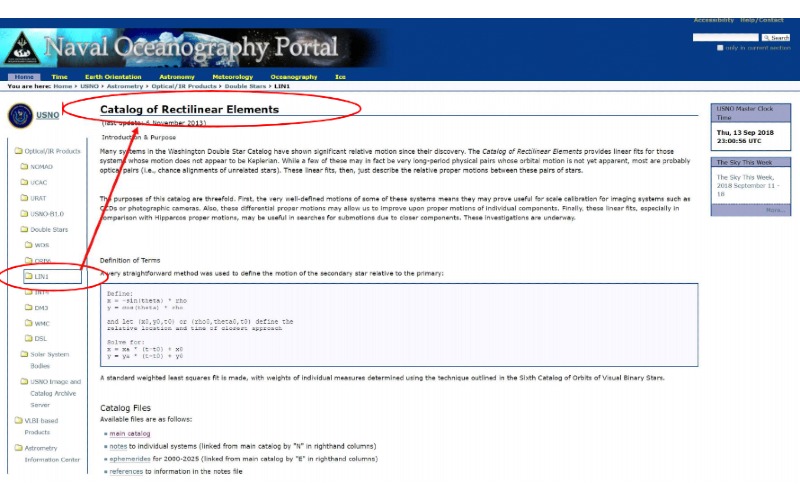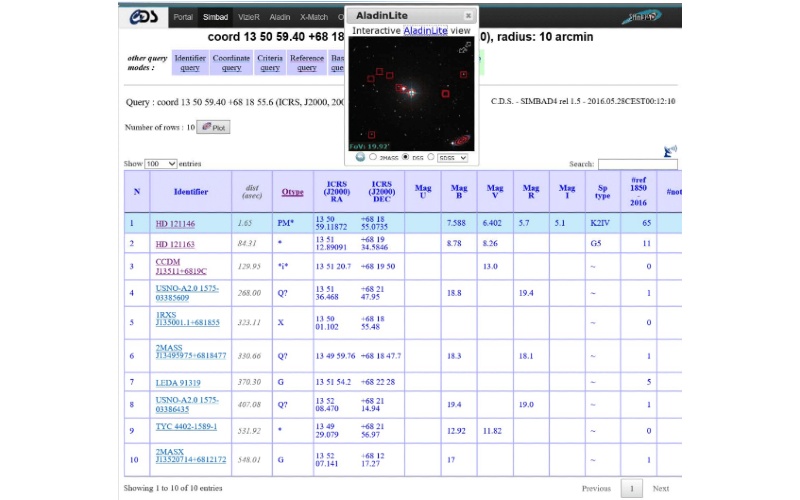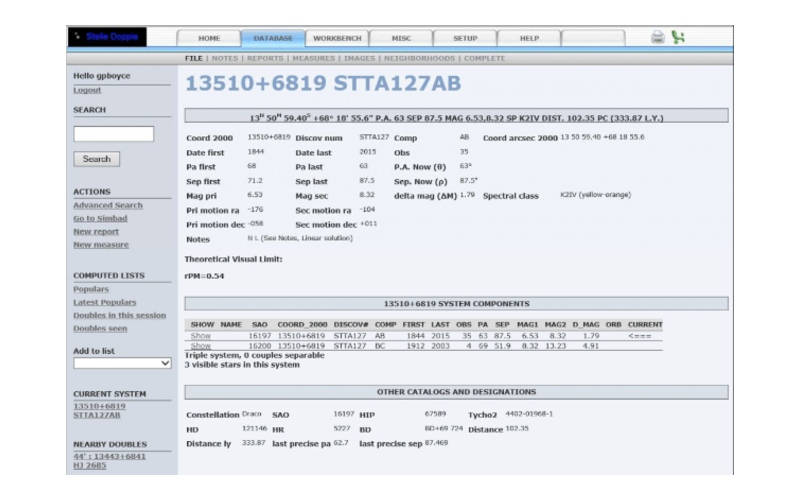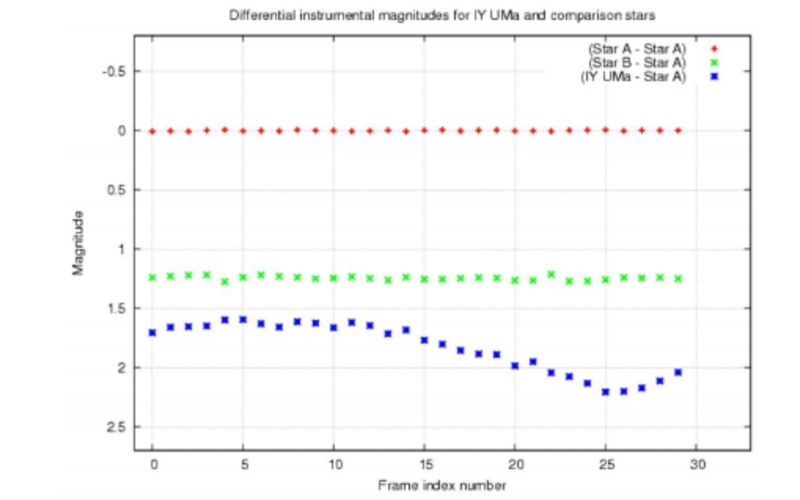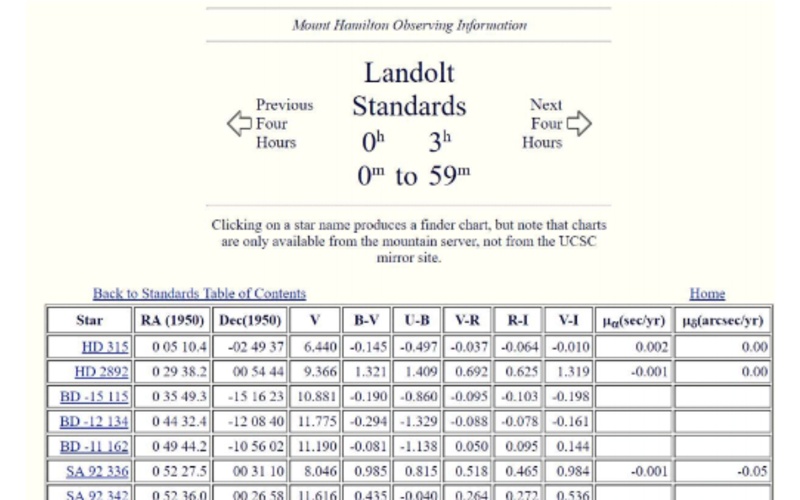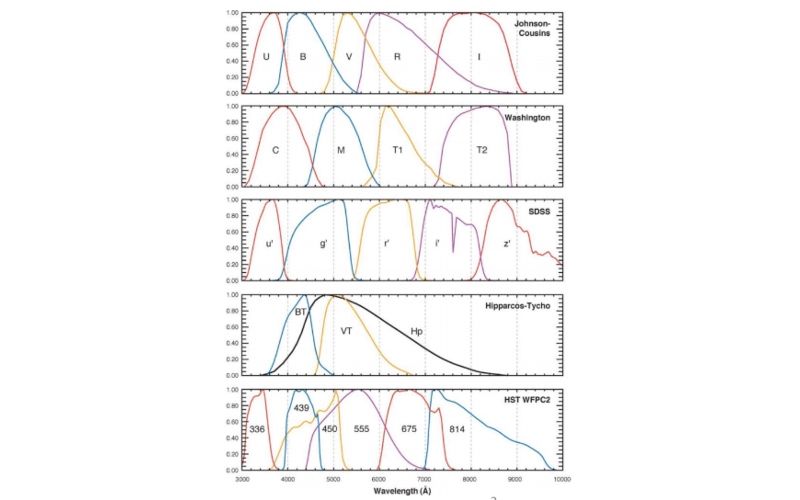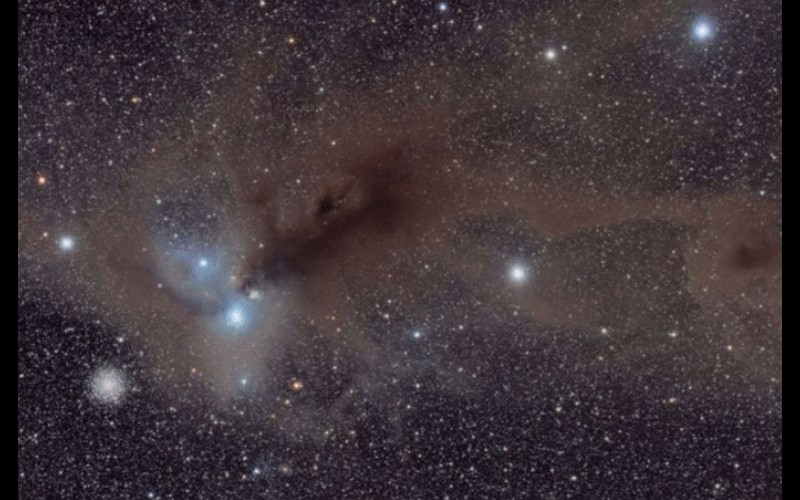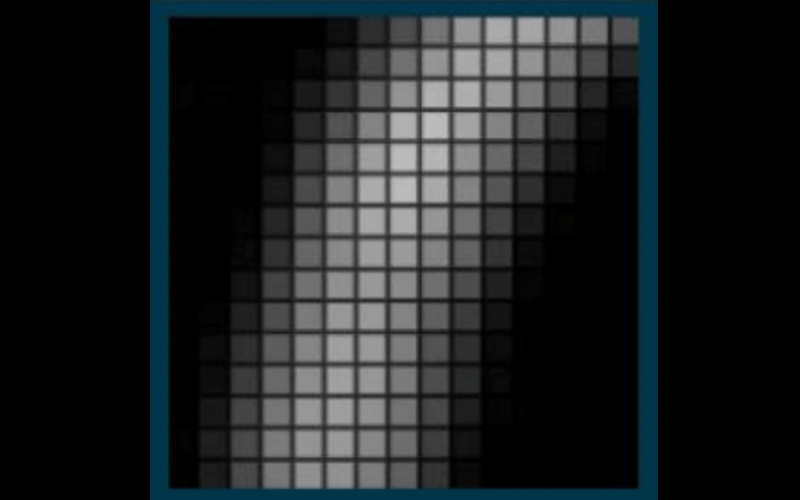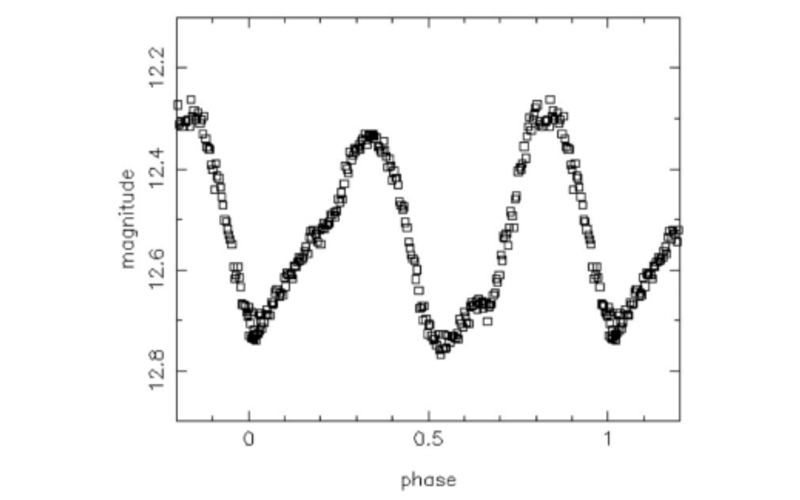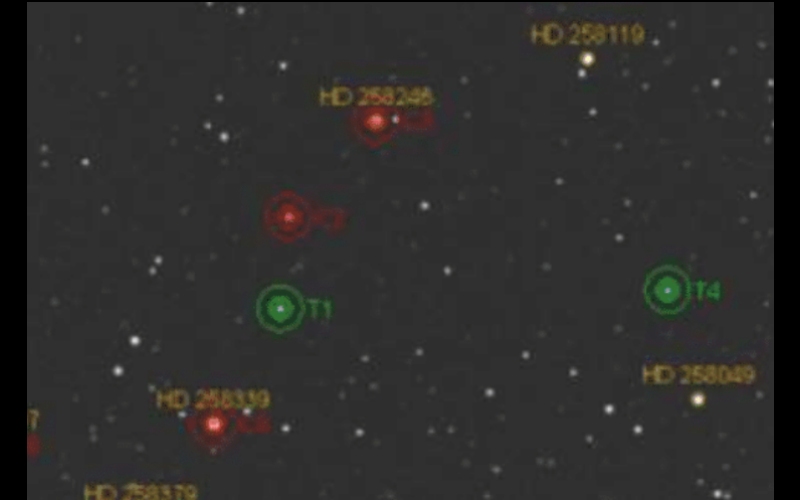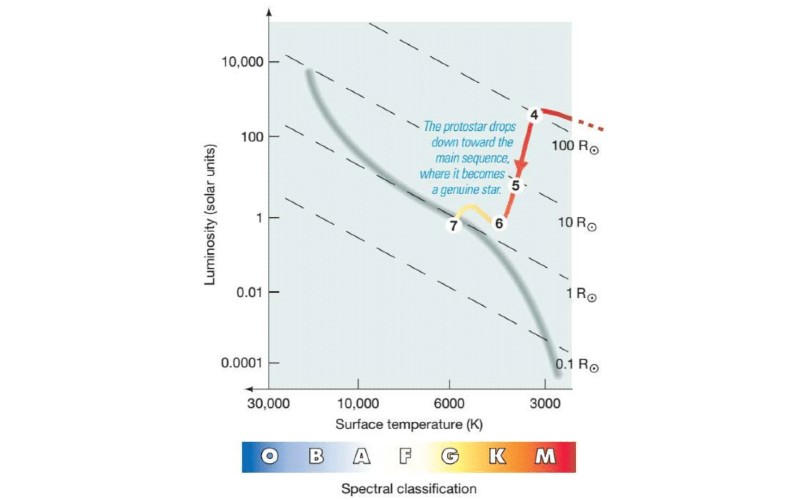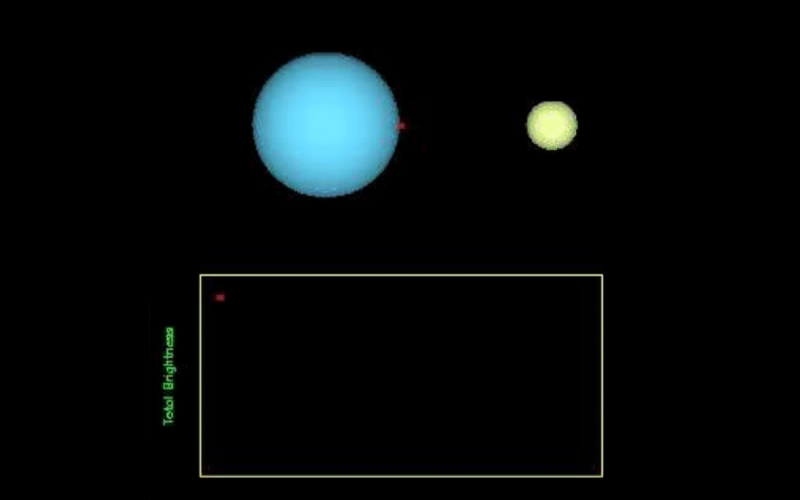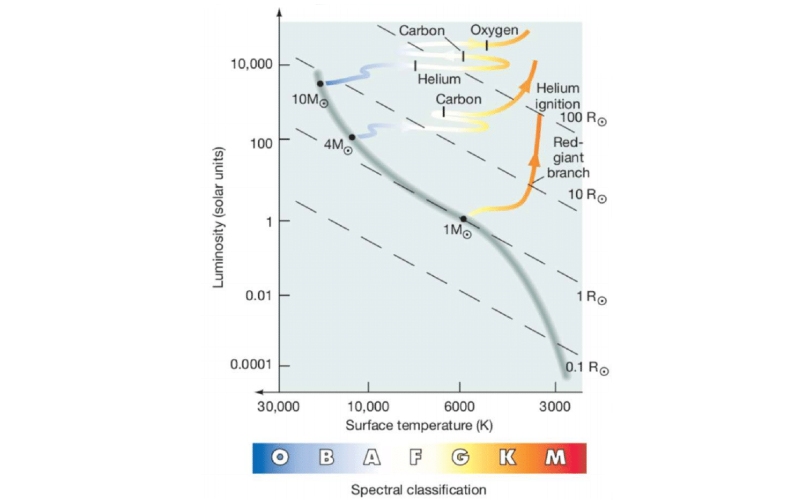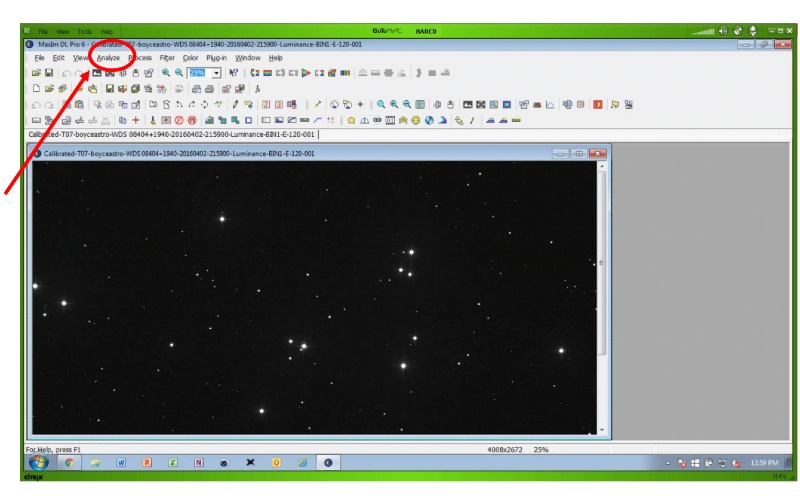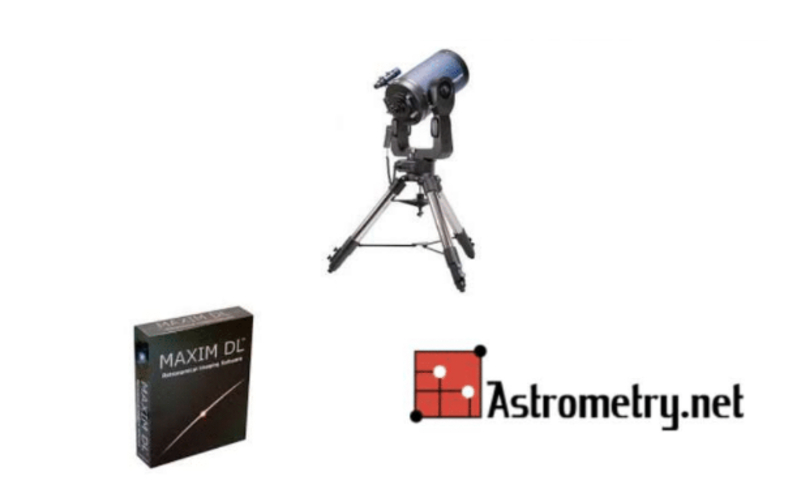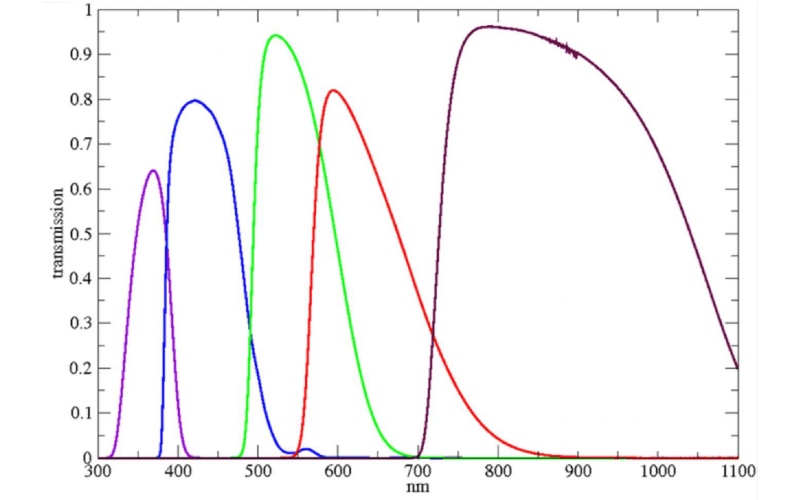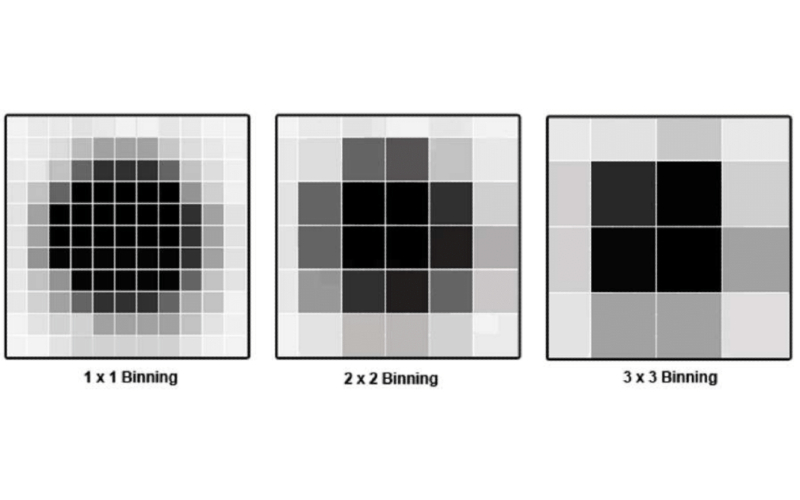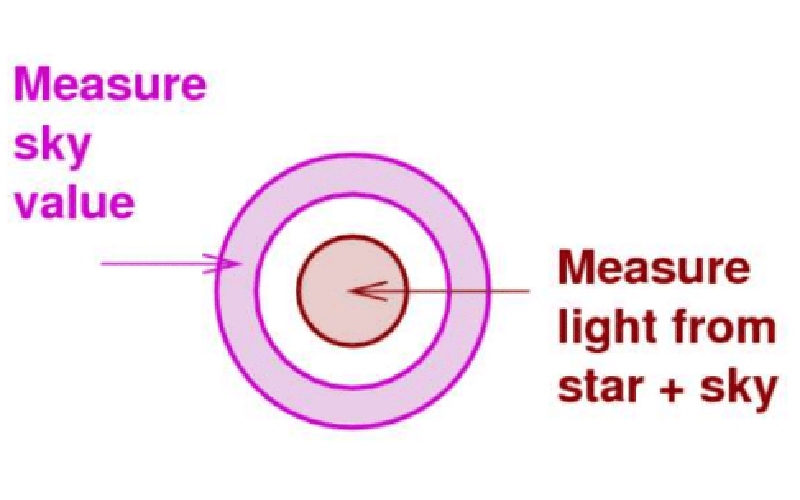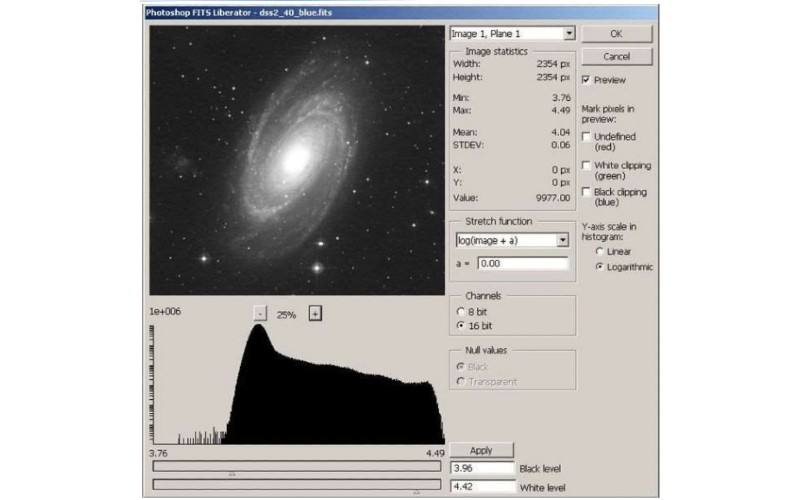Blog
Why Study Variable Stars
From measuring the distances to galaxies to discovering new planets, studying variable stars allows us to refine our current understanding of astrophysics and get to the heart of how our universe works.
Catalog of Rectilinear Elements
The Catalog of Rectilinear Elements provides linear fits for those systems whose motion does not appear to be Keplerian
SIMBAD
SIMBAD can be accessed via CDS and Stelle Doppie. Using SIMBAD, stellar data and summaries and publication information can be accessed.
Online Catalogs Overview
This video goes over the online catalogs CDS Strausbourg, Stelle Doppie, SiMBAD, and VizieR
Differential Photometry
Differential Photometry is comparing the difference between a target star and a comparison star, and eliminates all other observational variables.
Landolt
The Landolt catalog has become the de facto standard for transforming to the UBVR CIC system, and place photometric observations on a common platform.
Standard Photometric Stars
Photometric-standard stars are stars that have had their light output in various passbands of photometric system measured very carefully. They provide a means to not only calibrate your photometric system, but give a common “yardstick” from which all measurements can be compared.
Extinction
Extinction is the removal of light through dust, gas, or atmosphere, or the overall dimming of starlight by interstellar matter. Extinction comes in two types: Interstellar and Atmospheric.
Counts
Counts focuses on all measured values within an aperture as opposed to focusing on data contained within a single pixel.
Photometry Projects
Some photometry projects are variable stars, supernova study, asteroids and comets, UBVRI, and exoplanets.
Comparison Stars
Comparison stars provide a baseline from which to compare with, and it is important that comp stars are stable and un-variable. Software such as AstroImageJ can help locate comparison stars.
Variable Stars and their Relation to Stellar Evolution
This video covers a high level view of the stellar life cycle as relating to variable stars, discussing pre-main sequence, the main sequence, after the main sequence, and after the AGB
Variable Star Overview
Variable stars have a varying light output as seen from our vantage point; their light output can be affected by extrinsic and intrinsic variables.
Difference Between Nova and Supernova
Stars can go nova multiple times, and is an accretion-explosion cycle; while supernovas only occur once in a star's lifetime and are caused by a high mass star core collapse, releasing great amounts of energy
WCS Coordinates Using MaximDL
This tutorial will show you how to access your star images on BARC, opening them in MaximDL, applying WCS coordinates, and saving the files.
WCS Coordinates
The World Coordinate System (WCS) is the RA and Dec embedded in a FITS image. Multiple tools, such as astrometry.net and MaximDL can insert WCS coordinates into the image
UBVRI & JC filters
The UBVRI system covers all of the visual spectrum and some on the shorter and longer sides, and is the most commonly used system with a large network of standard stars.
Binning
Binning is a method of combining pixels on a CCD chip into one “super” pixel. This provides some advantages and disadvantages.
SNR
The signal-to-noise ratio (SNR) characterizes the quality of a measurement and determines the ultimate performance of the system. The three primary sources of noise in a CCD imaging system are photon noise, dark noise, and read noise, all of which must be considered in the SNR calculation.
FITS Files
FITS files are the end product of a CCD image of an astronomical object, and are designed to store data sets consisting of multi-dimensional arrays and 2-dimensional tables.

